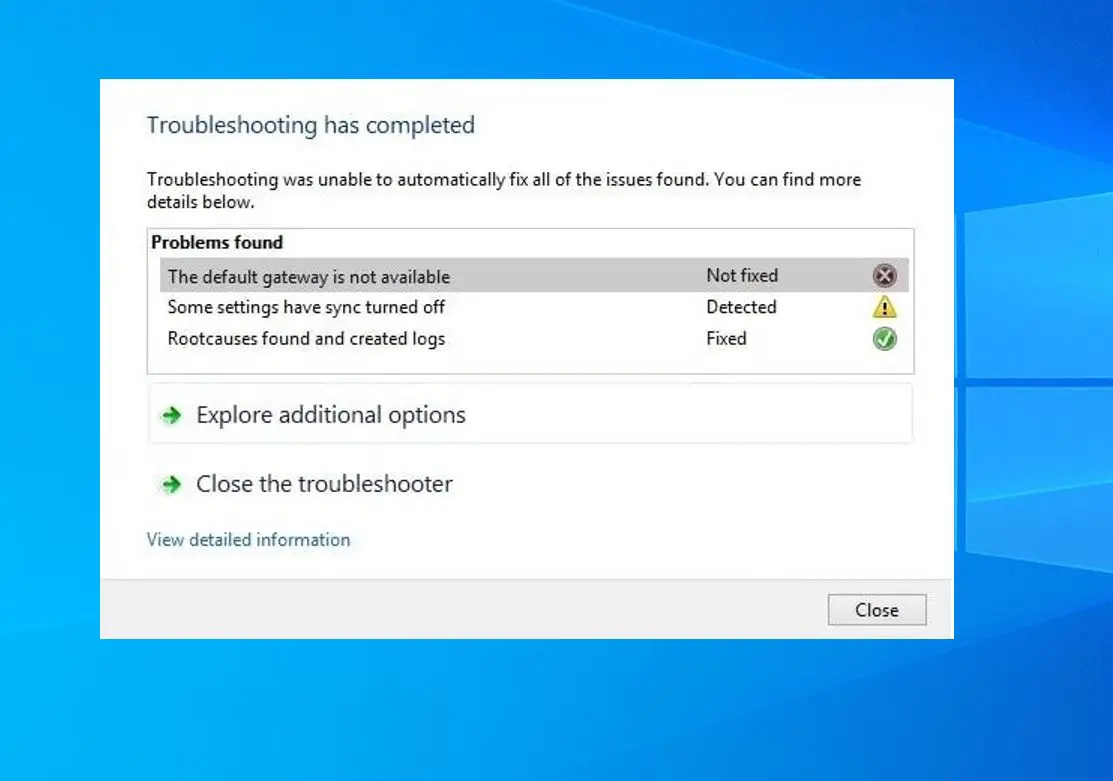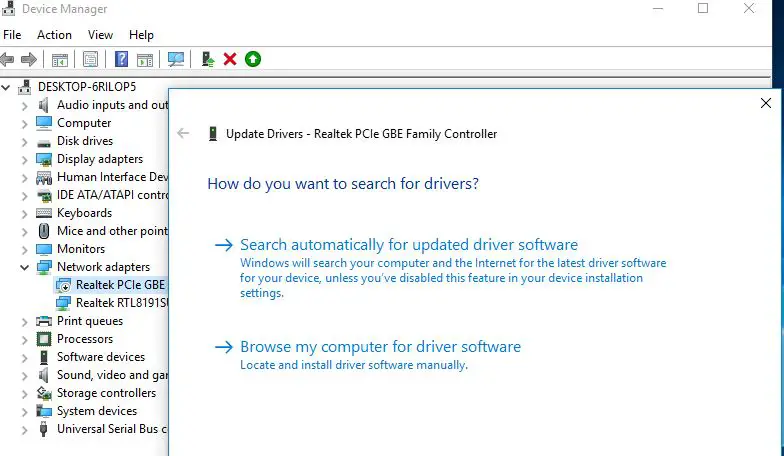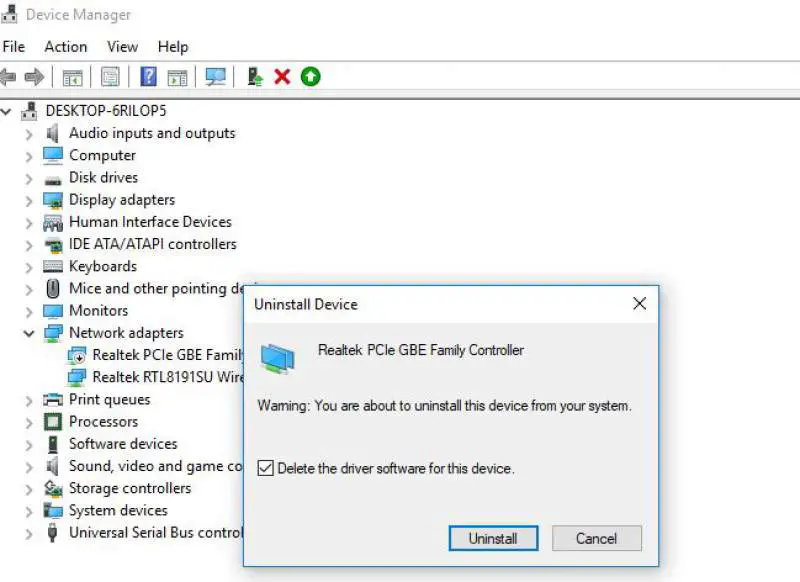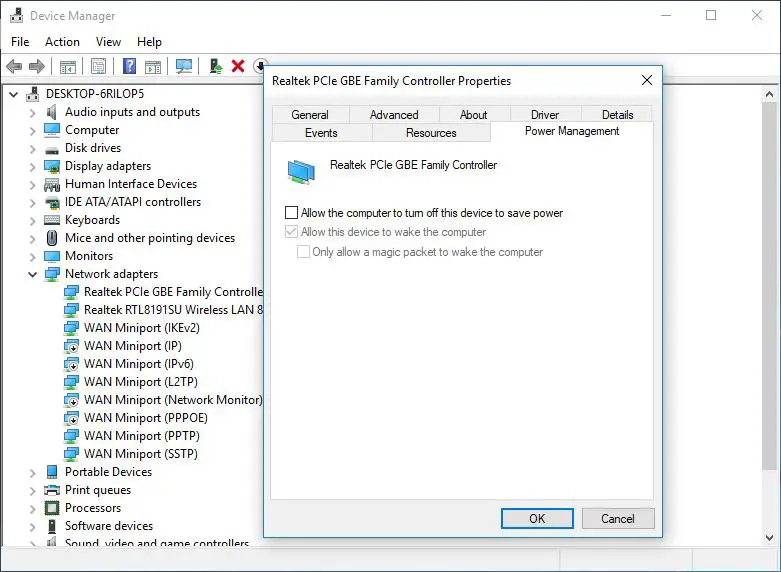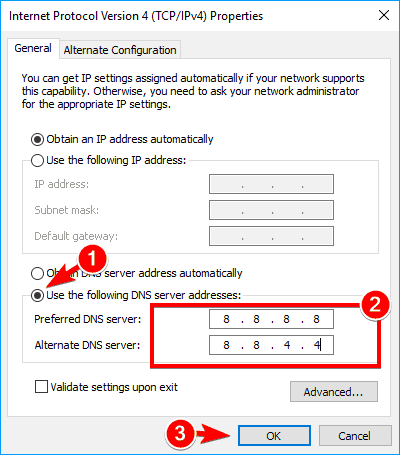Did you notice No internet access or unidentified network after Windows 10 21H2 update? And Running the Network troubleshooter (by right click on Network / Wi-Fi symbol and select troubleshoot problems) results the default gateway is not available. A number of users report this problem After Install recent Windows patch update,
Wifi will connect for a minute or two and then the warning sign will appear on the wifi icon on the taskbar indicating there is no internet connection. Using the troubleshooter which runs and resets the adapter at which point it tells me the problem was that “the default gateway is not available” and that the problem was fixed. But That fix works for another few minutes at which point I lose connection again.
A default gateway is used to allow devices in one network to communicate with devices in another network. In other words, The Default Gateway is that node of your system which forwards packets from your network to outside networks. And mostly wrong network adapter settings, problematic Network Adapter Driver (especially after windows upgrade ), Virus malware infection or Security Software cause The default gateway is not available error. And when this error occurred on your device then you will not be able to communicate with the outside network. That result No Internet Access on Windows 10.
If you are also struggling with this problem, Here are some effective solutions help to fix the default gateway is not available on Windows 10, 8.1 and 7.
The default gateway is not available
Power-cycling your router, Modem and computer fix most of the internet connection problems If any temporary glitch causes the issue.
Temporarily Disable or Uninstall security software (antivirus) if installed. Also, disconnect VPN if configured.
Reset TCP/IP settings and check if it helps.
- Open Command Prompt as administrator
- Type command netsh int ip reset hit enter key to execute the command.
- Restart windows and check there is no more default gateway not available error.
Update Network Adapter Driver
As we discussed before Incompatible outdated or Corrupted device driver (especially The network Adapter driver) causes Different Internet & Network connection problems. If the problem started after Windows 10 21H2 upgrade there is a chance the installed network adapter driver is not compatible with the current windows version which may cause the problem. Simply Update or Re-install the Network Adapter driver may fix this issue.
- Press Windows + R, type devmgmt.msc and ok,
- This will open Device manager, display all installed device driver list,
- Expand Network adapter,
- Right-click on the installed network adapter driver and select update driver.
- Select Search and update Driver automatically option and follow on screen instruction
- Windows will check and install the latest available network driver for you.
Reinstall Network Adapters Driver
If the update network driver didn’t fix the problem, try to reinstall the driver for the network adapter. To do this,
- Open Device Manager,
- Expand Network adapter,
- Right-click on installed network adapter driver and select Uninstall device,
- check mark on Delete the driver software for this device and click uninstall to confirm the Uninstallation process,
- And restart Windows to completely remove the old driver from your computer.
- Now on the next start again open device manager, click action and click scan for hardware changes.
- This will Automatically install the network driver for you.
Or visit the device manufacturer’s website, download and save the latest available network adapter driver for your PC. Run the setup.exe to install the same and restart windows to take effect the changes. Now check there is no more internet connection problem
Tweak Power management Settings For Network Adapter
- Press Windows + R, type devmgmt.msc and ok to open device manager,
- expand the Network adapters
- Right-click on the network adapter which you are using and select Properties
- Move to the power management tab and uncheck the option which says.
- “Allow the computer to turn off this device to save power” and then click on OK button.
- Now open Control panel, System and Security > Power Options.
- Click on the Change Plan Settings option which you will find under the current Power Plan which you have selected.
- Then click on the Change Advanced Power Settings option.
- Now expand Wireless Adapter Settings and Power Saving Mode and then select Maximum Performance setting for both (On battery and Plugged in).
- Click on the Apply and then OK button for the changes to take effect.
Once you have changed the Power Saving Mode of the wireless adapter. Now you should be able to access the internet without getting the default gateway not available Windows 10 error.
Manually assign the default gateway
If none above solutions worked for you, then try to Manually assign the default gateway and IP address that most probably fix the problem for you.
- Open Command prompt, type ipconfig and press enter key.
- Here note down the IP address, Subnet mask and default gateway
- Now press Windows + R, type ncpa.cpl and ok
- This will open the network connections window.
- Here right-click on the active network adapter, select properties.
- Under WiFi/Ethernet properties, double click on Internet Protocol Version 4 (TCP/IPv4)
- Select radio button Use the following IP address
- And enter the IP address, Subnet mask and Default gateway noted before using ipconfig command.
- Select Use following DNS server address radio button and set
- Preferred DNS server 8.8.8.8
- Alternate DNS server 8.8.4.4
Checkmark on validating settings upon exit and ok.
Now open the Web browser and visit any webpage, let us know the Internet connection working properly, there is no frequent disconnect. Also, read:
